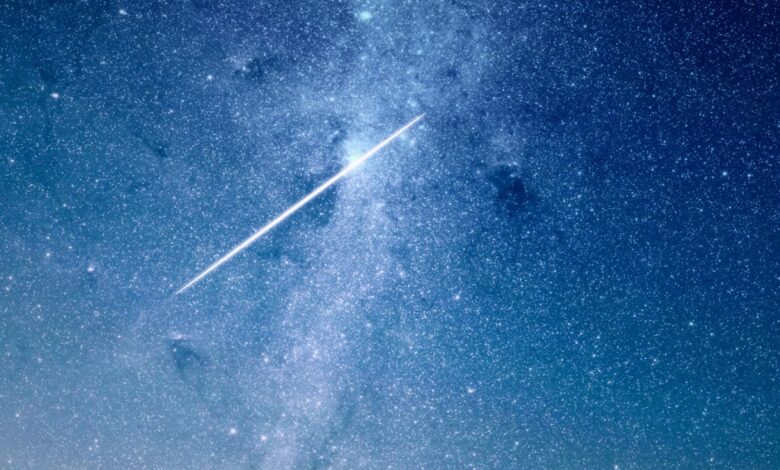New high-resolution images reveal surprising details on Polaris’ surface

Astronomers have made a major breakthrough with new high-resolution images of Polaris, also known as the North Star. Using the CHARA Array on Mount Wilson in California, researchers have captured unprecedented detail of the star’s surface. This is the first time that scientists have been able to observe features such as large bright and dark spots on Polaris, similar to sunspots on our sun. The advanced imaging technique used by CHARA, which combines light from six telescopes to create a single, highly detailed image, has revealed these surprising features.
New insights into the surface of Polaris
High-resolution images obtained from the CHARA Array have revealed that Polaris, a Cepheid variable star, has prominent surface spots. These spots, which fluctuate in brightness, had not been detected before. According to Dr. Gail Schaefer, director of the CHARA Array, “The CHARA images revealed large bright and dark spots on the surface of Polaris that changed over time.” This discovery is intriguing because Polaris’s brightness fluctuations occur on a predictable four-day cycle, making it valuable for cosmic distance measurements.
Polaris: a star in a triple system
Polaris, part of a triple star system, is observed to have a companion star that orbits it every 30 years. The challenge of resolving this faint companion star, first documented by the Hubble Space Telescope in 2005, was met with innovative techniques. Dr Nancy Evans of the Center for Astrophysics at Harvard & Smithsonian noted that the team used a speckle interferometer at Apache Point Observatory to aid in their observations. The recent study also confirmed that Polaris could be about five times more massive than the Sun, making the detailed study even more interesting.
Future research directions
The findings The CHARA Array’s high-resolution imaging of Polaris offers a new perspective on Cepheid variable stars. The team, including John Monnier of the University of Michigan, plans to continue their observations to better understand the mechanisms behind the surface spots and their impact on the star’s behavior. The results raise new questions about the star’s rotation and luminosity that will be addressed in future studies.
These groundbreaking observations represent a major step forward in our understanding of Polaris and Cepheid variable stars, providing new insights into stellar dynamics and the nature of our North Star.




